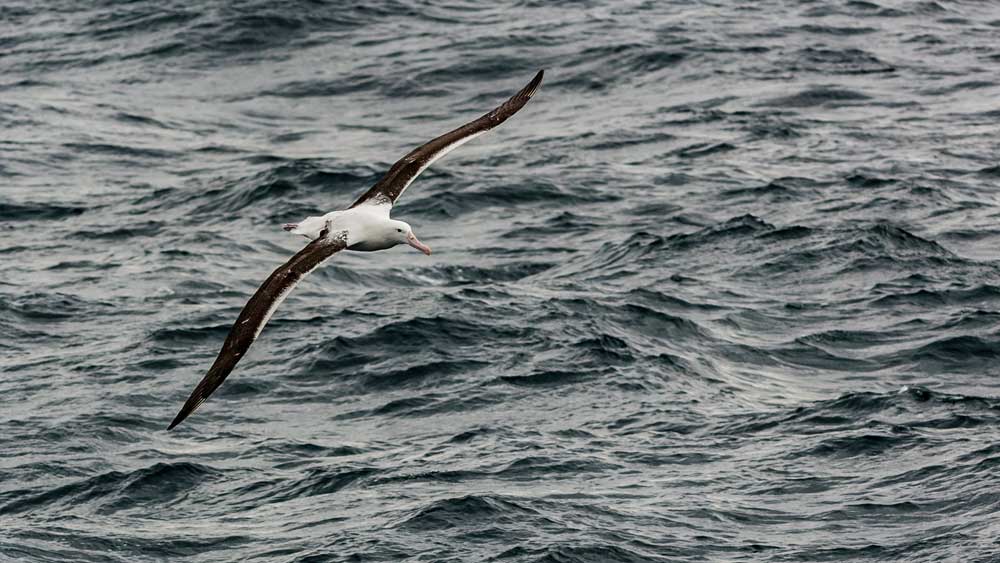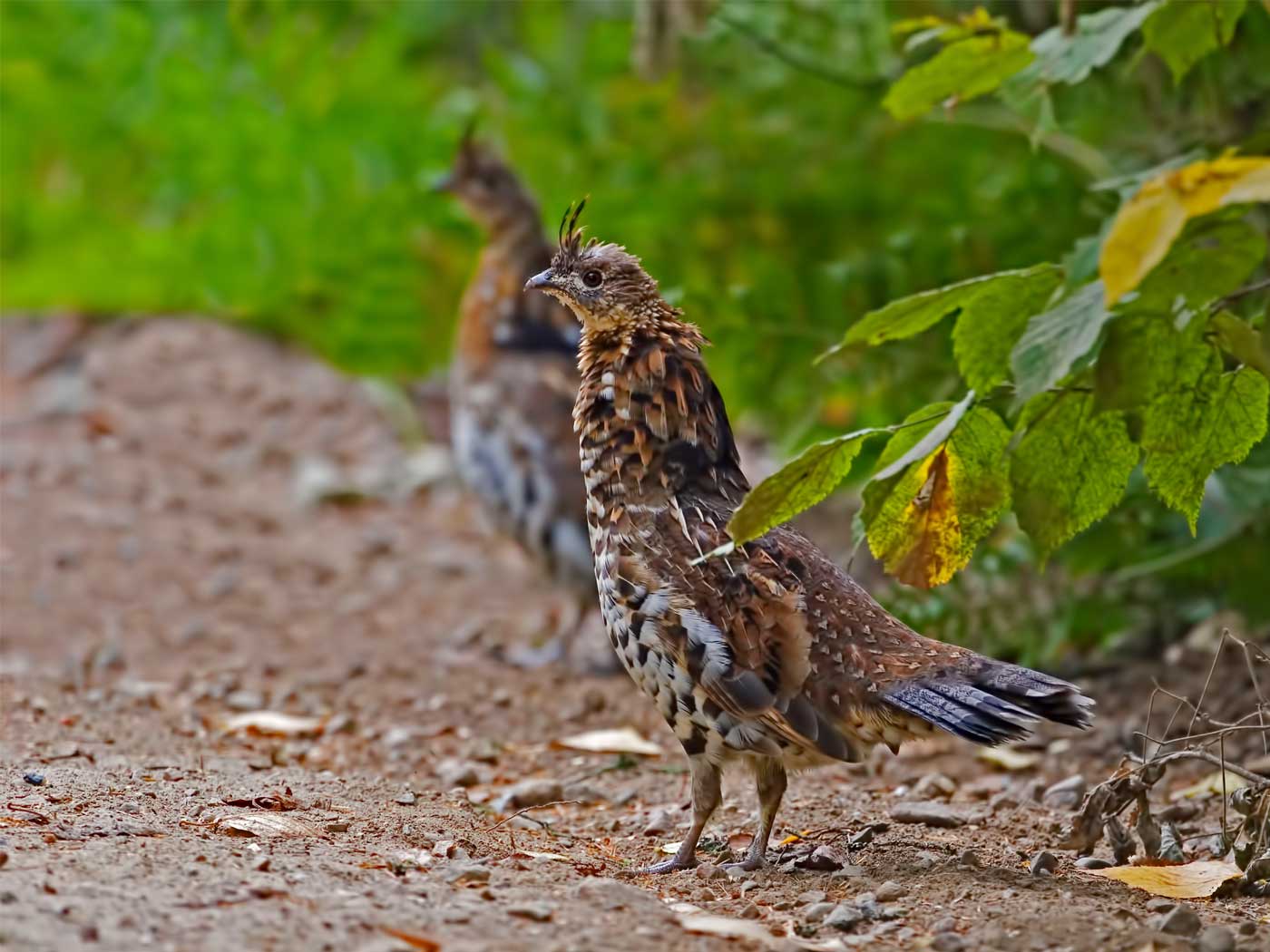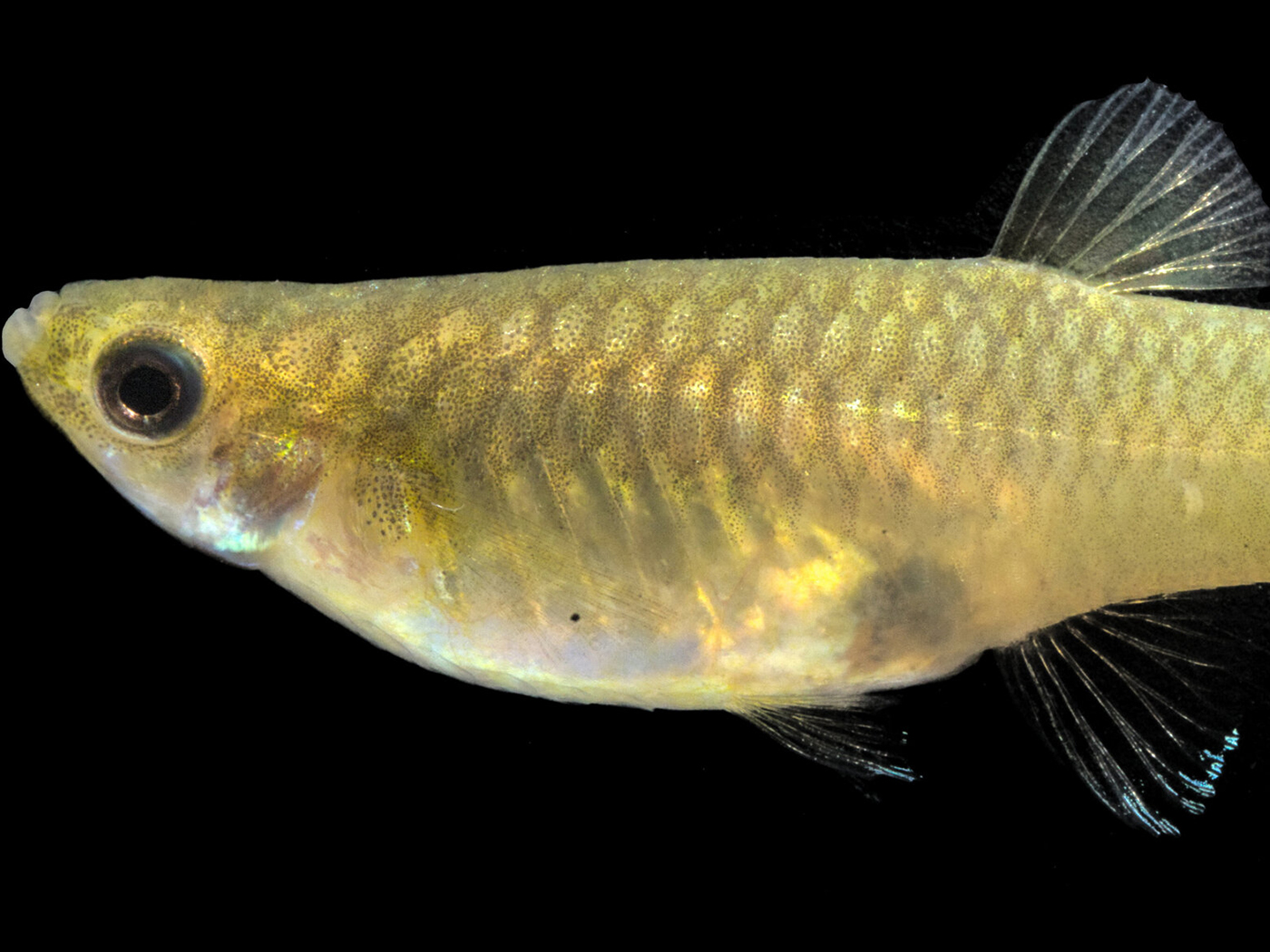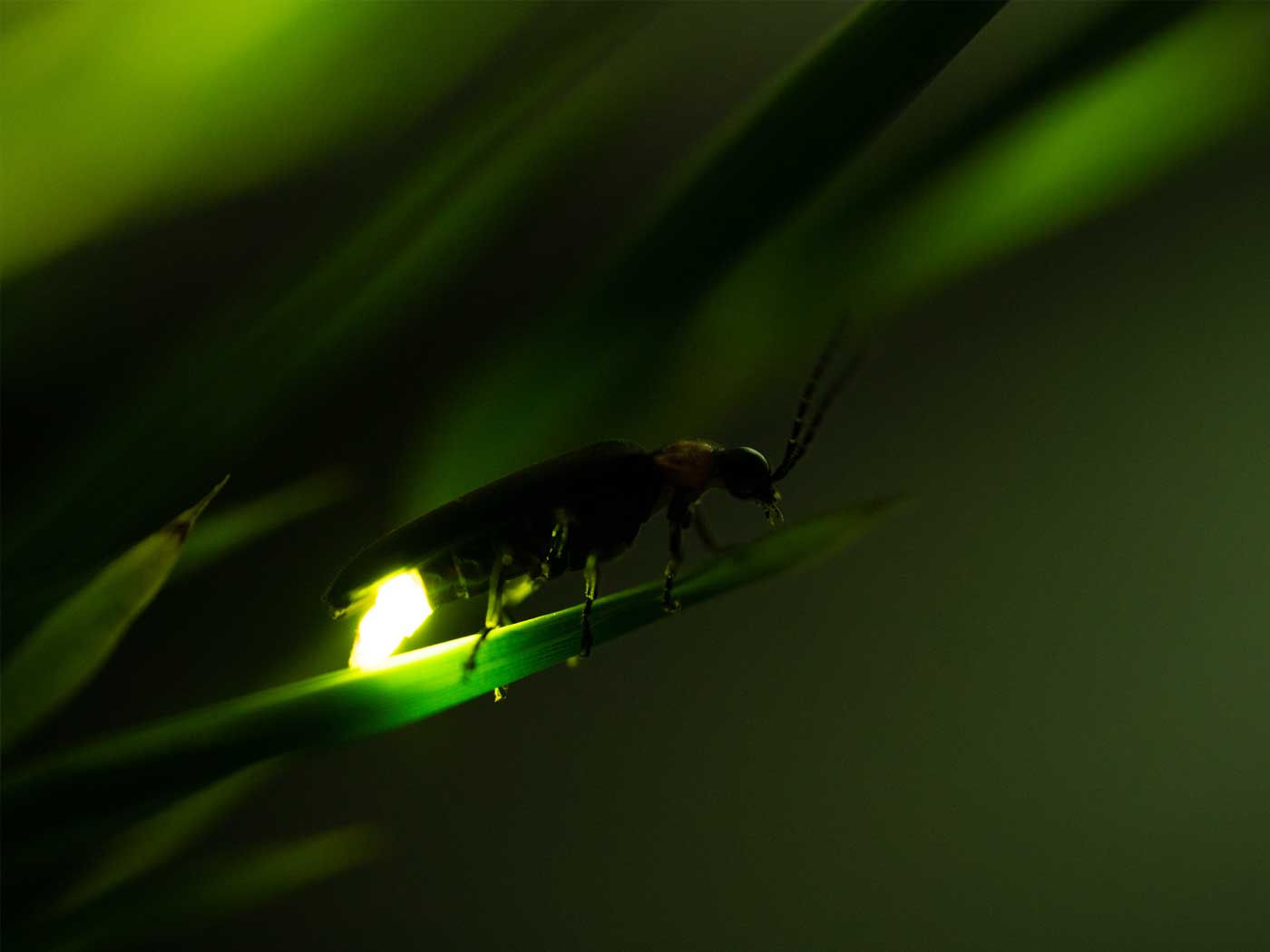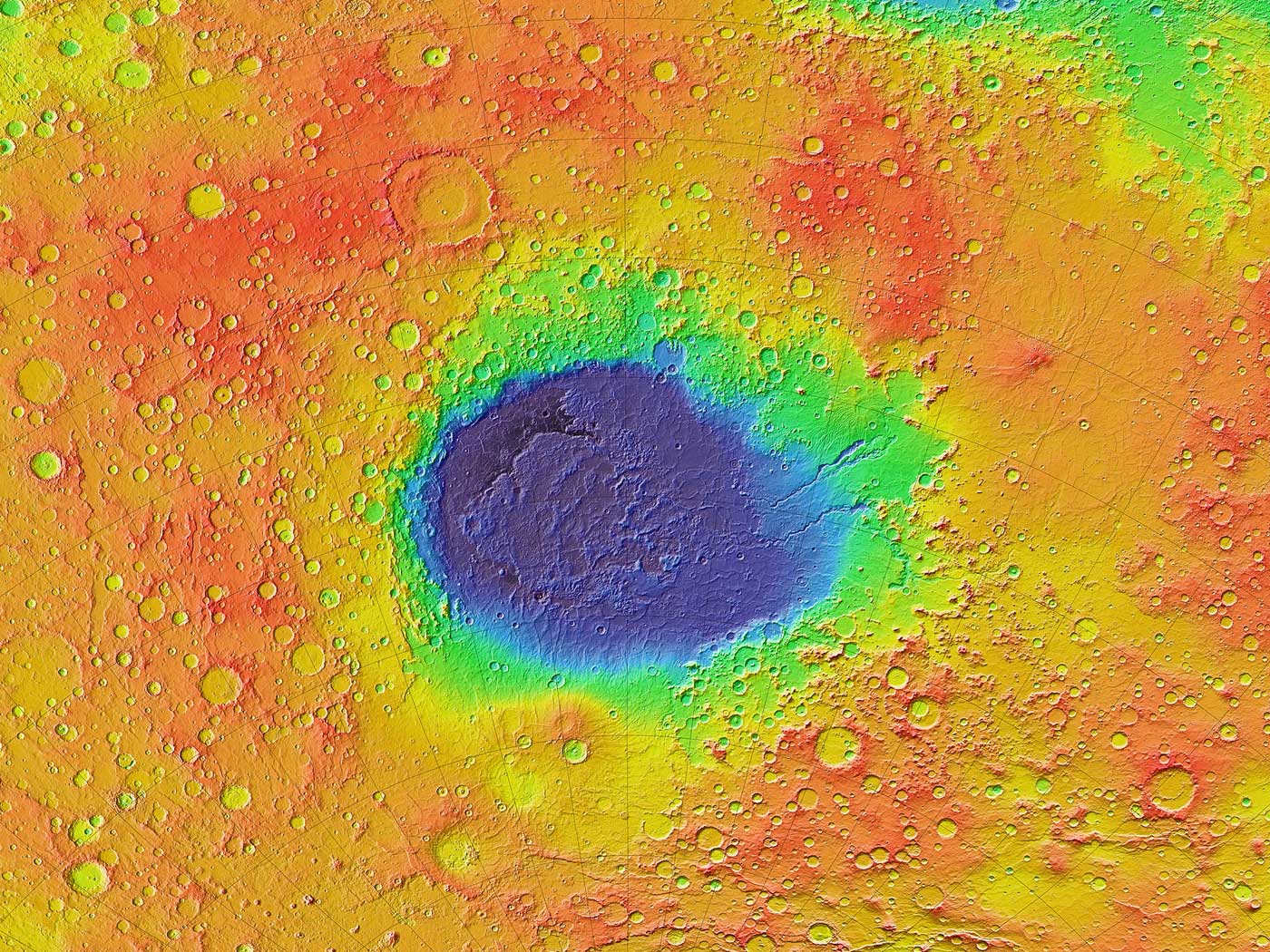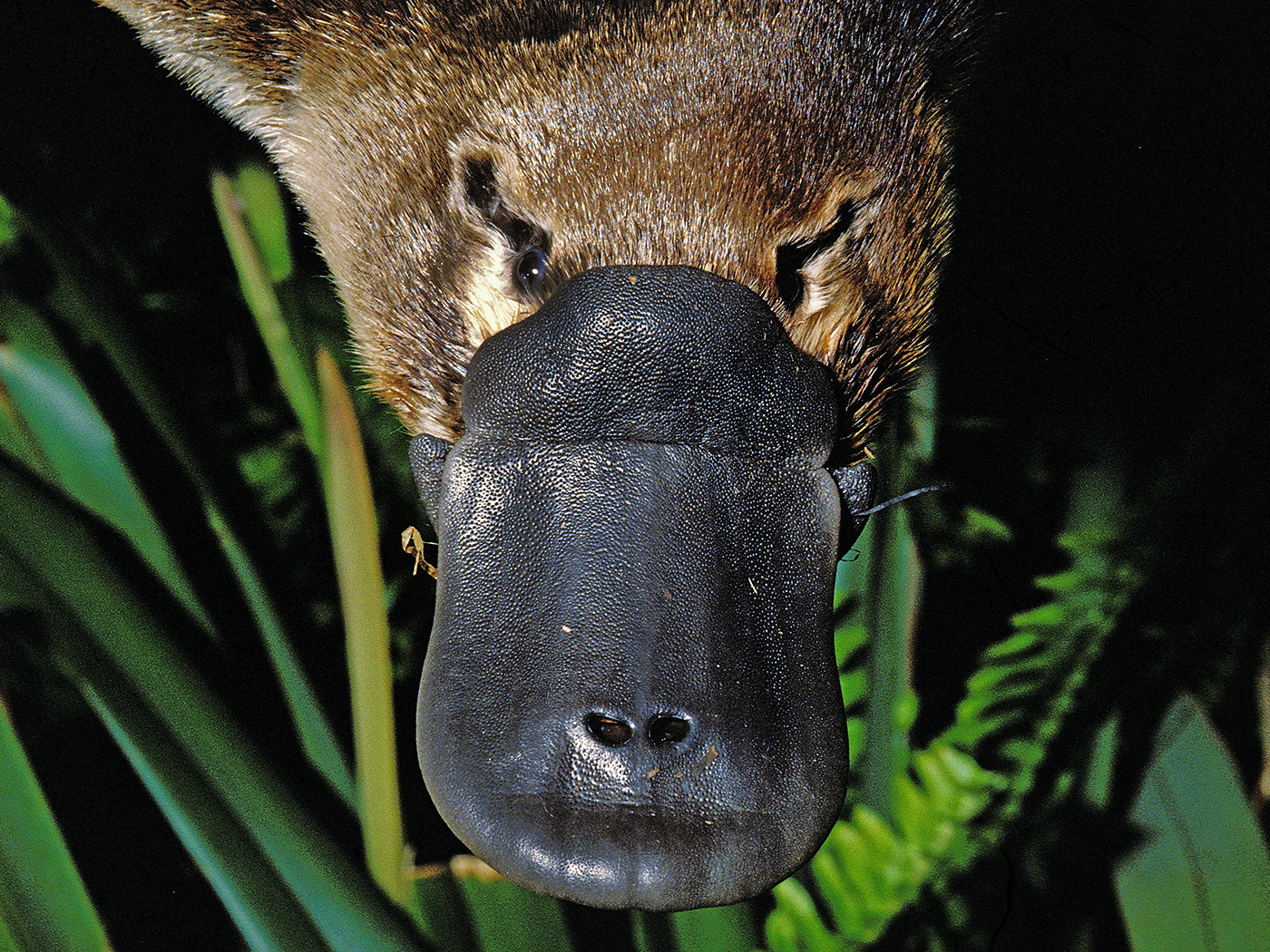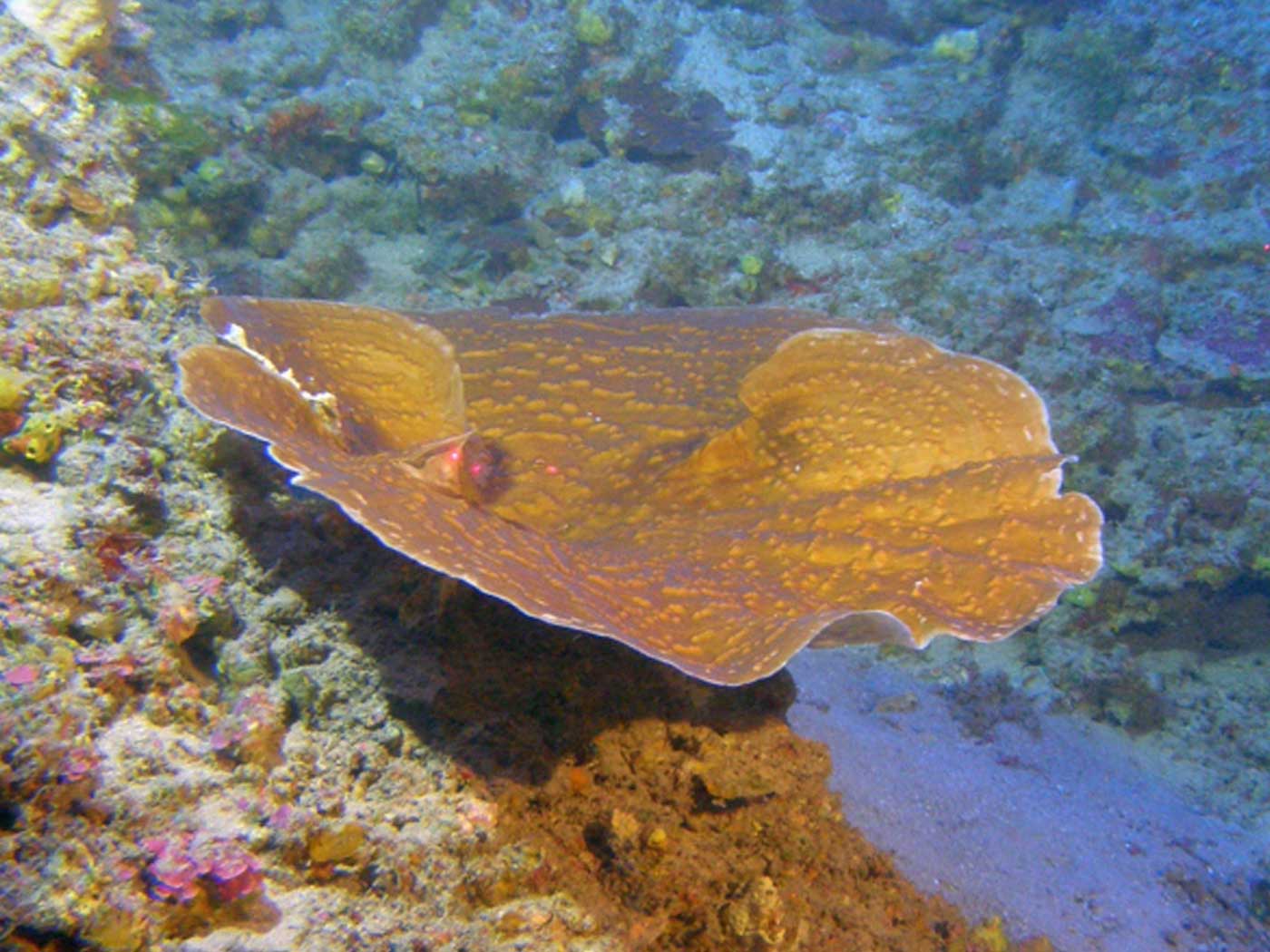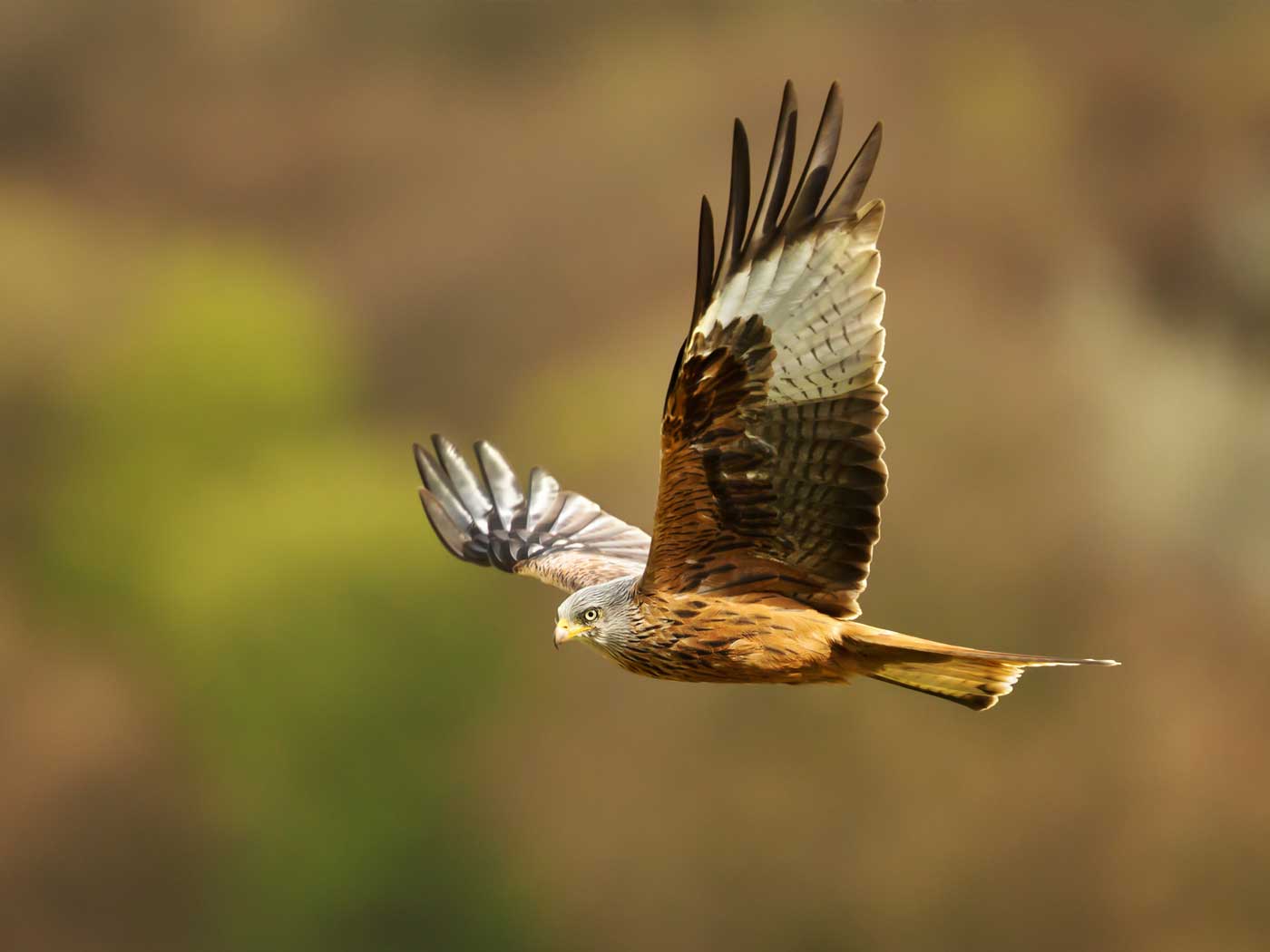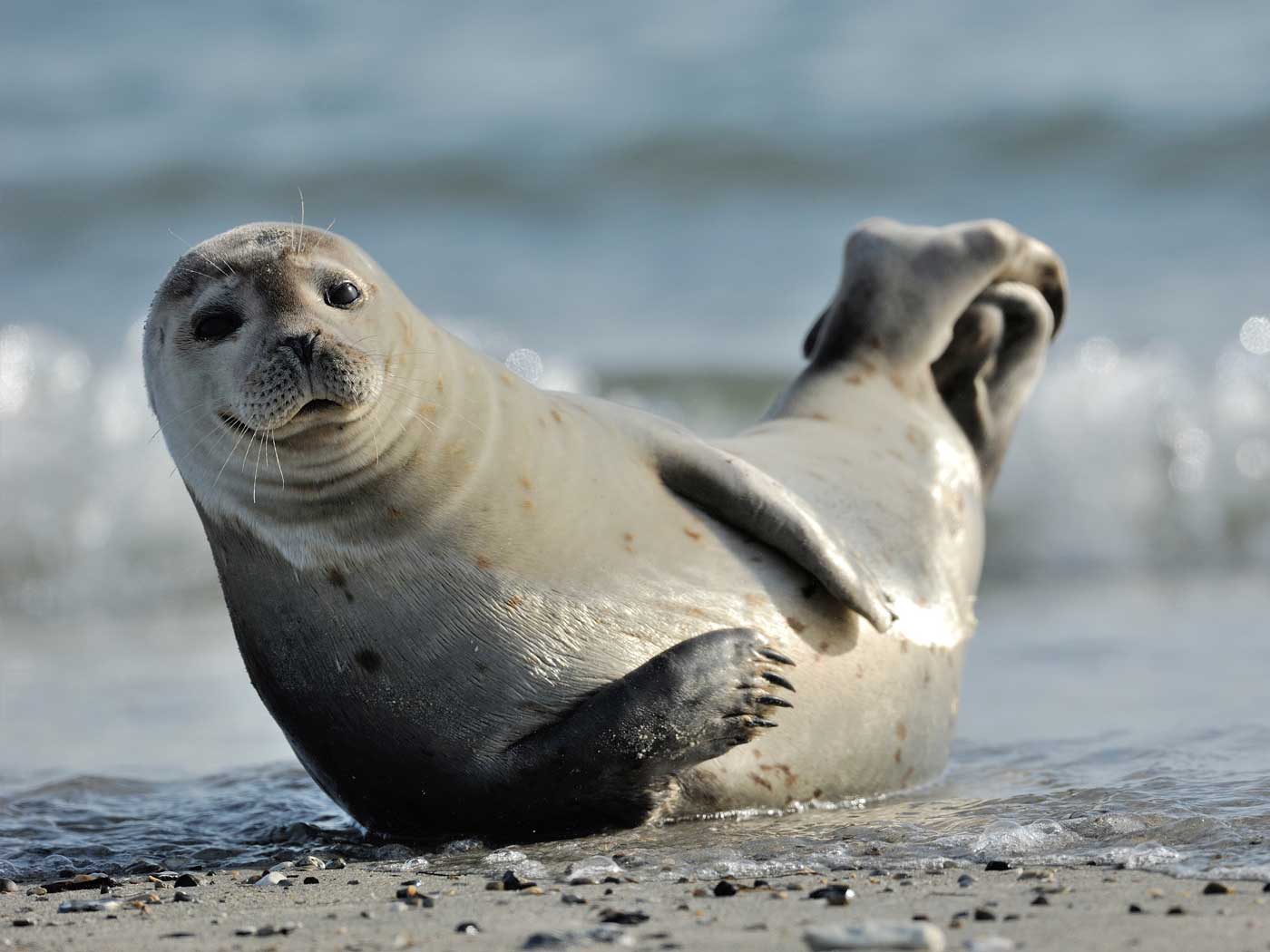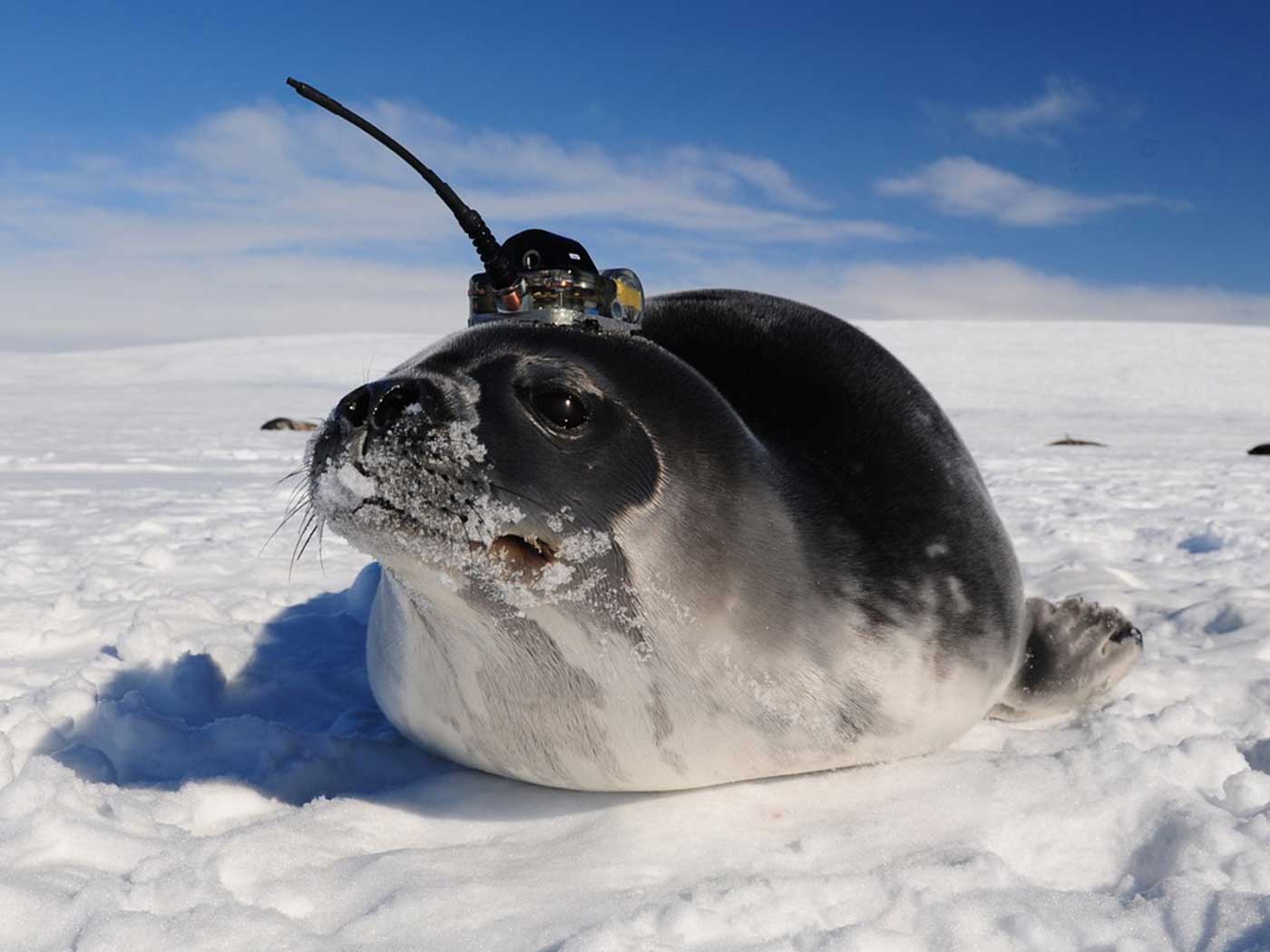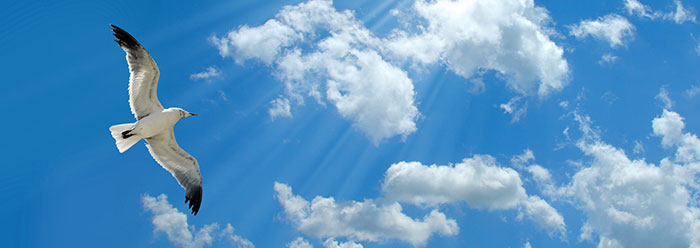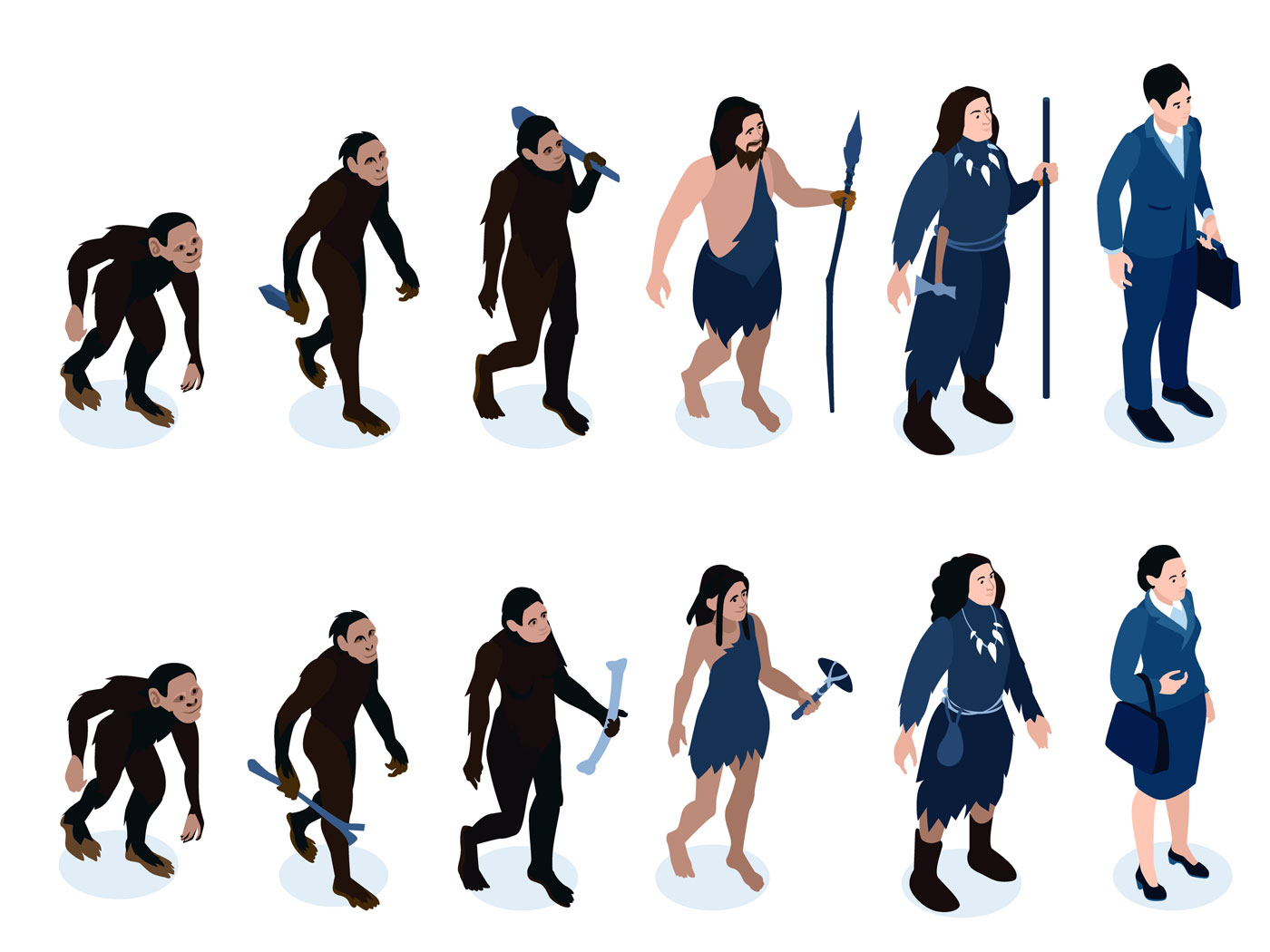A new study of albatrosses has found that wind plays a bigger role in their decision to take flight than previously thought, and due to their differences in body size (males are 20% bigger than females), males and females differ in their response to wind. With a wingspan of over three meters (about 9 feet!)—the largest of any bird alive today— the wandering albatross [Diomedea exulans] can fly thousands of miles, even around the world, gliding for long periods in search of fish or squid. Birds search for prey in flight and capture it after landing on the sea surface. Due to their long wings, taking off from the sea surface is by far their most energetically demanding activity, requiring four times more energy than gliding flight.1
The recent 7-year-long study was published in the Journal of Animal Ecology on June 19, 2020. That day is the inaugural “World Albatross Day,” a new conservationist holiday invented to promote awareness and concern for albatrosses of the world.1,2
We have demonstrated in a soaring seabird that behaviour is adjusted flexibly to wind conditions, and that due to differences in flight morphology, males were more likely to modulate flight decisions to wind than females. Their reliance on stronger winds for energyâ€efficient flight may also explain the preference of males for windier habitats … where the greater availability of oceanic habitat promotes segregation between the sexes.1
Because birds are heavier than air, they must practice successful aerodynamic take-off and flight movements to fly. Since albatrosses are heavy birds, aerodynamic efficiency is even more critical to their success when flying over oceans. So, it is not surprising that God has providentially equipped them with continuous environmental tracking systems that adjust flight decision-making to current meteorological conditions, especially wind speeds and wind patterns.
Large soaring birds are particularly wellâ€adapted to exploit a dynamic airspace, extracting kinetic energy from wind for soaring–gliding flight. This substantially reduces time spent flapping, which is metabolically costly compared with gliding. Their large wingspans and high wing loading (mass per unit wing area) enable rapid flight speeds through the air, and some species, particularly seabirds, travel vast distances in search of patchily distributed prey. However, unfavourable or unpredictable winds can increase time and energy costs of movement. Activities such as takingâ€off, which requires intense flapping flight, are energetically demanding in windless conditions, so individuals … modulate decisionâ€making so that these activities are assisted by wind.1
Accordingly, the research team investigated and quantified how male and female albatrosses make use of winds at sea.
Using GPS loggers, researchers tracked the flight patterns of over 300 albatrosses from two major populations in the Southern Ocean, one of the windiest areas on the planet. By combining tracking data with computer modelling, they found that the seabirds wait on the sea surface for winds to pick up before attempting to fly again. They also found that males, which are 20% bigger than females, wait for stronger winds to help them take off from the ocean surface and sustain their flight.2
The study results were due to the “sexual dimorphism” of the albatrosses. This is just a fancy way of saying that the birds’ physical appearances (in this case, relative physical size) differ according to sex.
University of Liverpool seabird ecologist and lead author of the study, Dr Tommy Clay, said: “Albatrosses are the oceans’ great voyagers and are well-known for their ability to glide on winds with barely a flap of their wings. Our study reveals that albatross behaviour is fine-tuned to the winds they encounter. In order to save energy, birds rely on strong winds for take-off, males more so than females.”2
Specific findings included quantification of albatross flight decision-making (such as whether to rest in ocean water, versus take off for above-ocean soaring to forage for food), correlated to weather conditions, especially wind speeds.1
Of course, the idea that heavy birds efficiently utilize air currents for launching into the sky, in order to minimize the energy spent getting aloft, in not new. Even the Old Testament in Job 39:26-27 illustrates awareness of that ecological fact of avian life.
Rising hot-air currents routinely blow in from south of Israel, so hawks can “catch a ride” simply by stretching out their wings southward, just as sailors harness wind to power boats at sea. Gliding and soaring on extended wings reduces air resistance as well as the hawk’s need to burn energy by flapping. Likewise, when God commands wind to blow, eagles can “mount up” (literally, “cause to fly”) upon rising thermal air currents—as if they were elevators—and glide almost effortlessly until they spy food far below with their super-powerful distance vision.3
Whether you observe an albatross near the Antarctic, or an Iceland Gull near the Arctic, the flight of birds is a marvelous display of God’s avian aero-engineering.4
References
1. Clay, T. A. R. Joo, H. Weimerskirch, et al. 2020. Sexâ€Specific Effects of Wind on the Flight Decisions of a Sexually Dimorphic Soaring Bird. Journal of Animal Ecology. https://doi.org/10.1111/1365-2656.13267.
2. Staff writer. Wind beneath their wings: Albatrosses fine-tuned to wind conditions. University of Liverpool News. Posted on news.liverpool.ac.uk June 19, 2020, accessed June 25, 2020.
3. See also Johnson, J. J. S. 2018. Hawks and Eagles Launching Skyward. Acts & Facts. 47(4): 21.
4. Sherwin, F. 2017. Architecture and Engineering in Created Creatures. Acts & Facts. 46(10): 10-12.
*Dr. Johnson is Associate Professor of Apologetics and Chief Academic Officer at the Institute for Creation Research.




